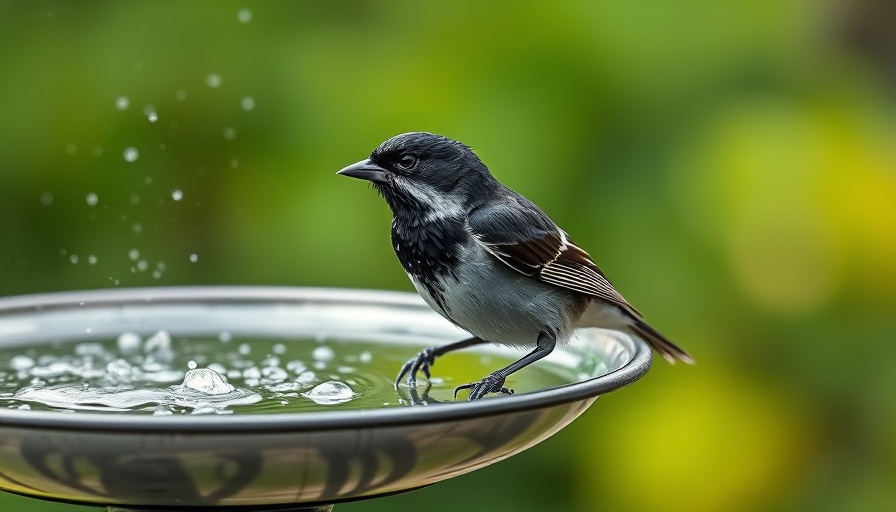
Is the H5N1 Bird Flu a Growing Pandemic Threat?
The alarming spread of the H5N1 bird flu across all 50 U.S. states has ignited a surge of concern regarding a potential pandemic. Historically, this strain of avian influenza has been particularly lethal, with a reported human fatality rate of 52% since 2003, as noted by the World Health Organization (WHO). With human infections now emerging, vigilance and preventive actions have never been more crucial.
Understanding the H5N1 Virus
The H5N1 virus is primarily known for its devastating effects on bird populations; however, its capacity to mutate poses significant risks to humans. The symptoms, initially resembling a common flu, escalate rapidly to severe respiratory distress, and untreated cases can lead to pneumonia or even organ failure. This drastic progression highlights the urgent need for public awareness and readiness.
Expert Recommendations and Preventive Measures
Experts recommend robust preventive measures, particularly in affected agricultural sectors like dairy farming. Immediate public health responses are necessary to manage the situation effectively. These may include controlling the spread through strict biosecurity protocols on farms, monitoring human cases closely, and ensuring rapid and effective medical responses for those infected.
Staying Informed and Prepared
As new developments emerge, it is essential for both individuals and communities to stay informed about the H5N1 virus. Vaccinations, public health advisories, and open communication with local health departments are vital strategies to manage potential outbreaks.
In conclusion, while the current situation surrounding the H5N1 bird flu is serious, taking precautionary measures can mitigate risks. It's crucial for individuals and communities to engage with public health resources and stay updated on this evolving health crisis.
 Add Row
Add Row  Add
Add 




Write A Comment